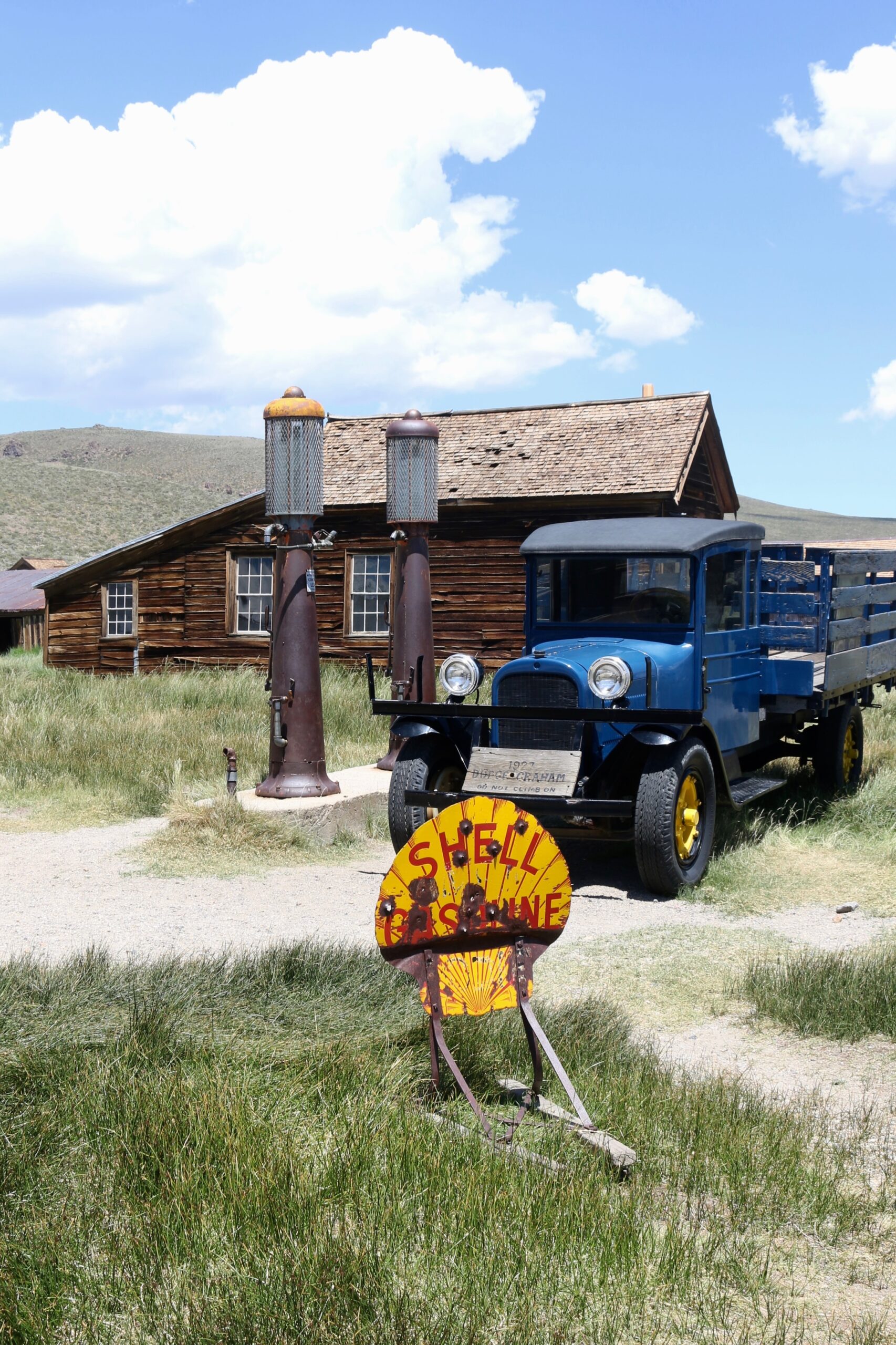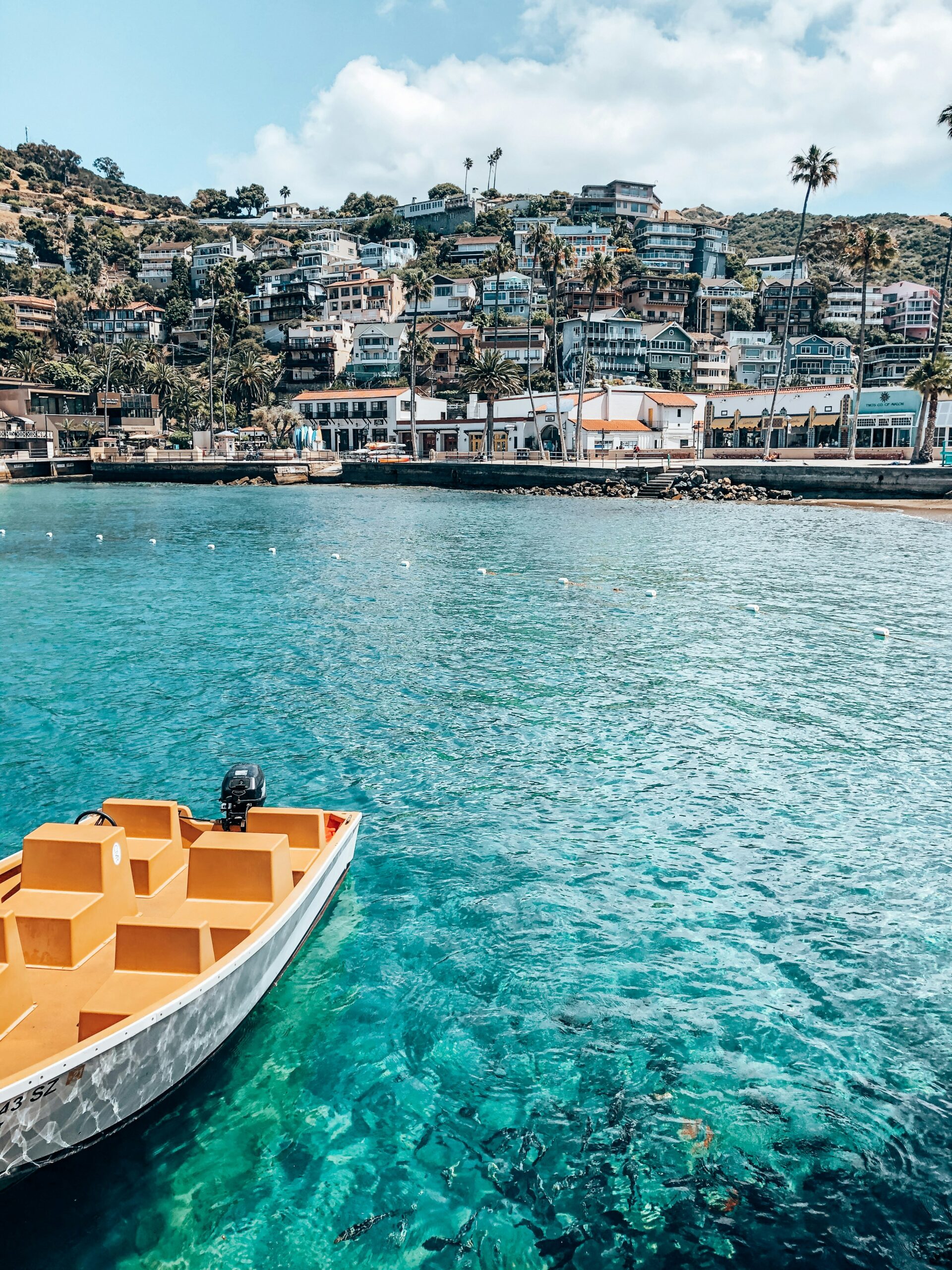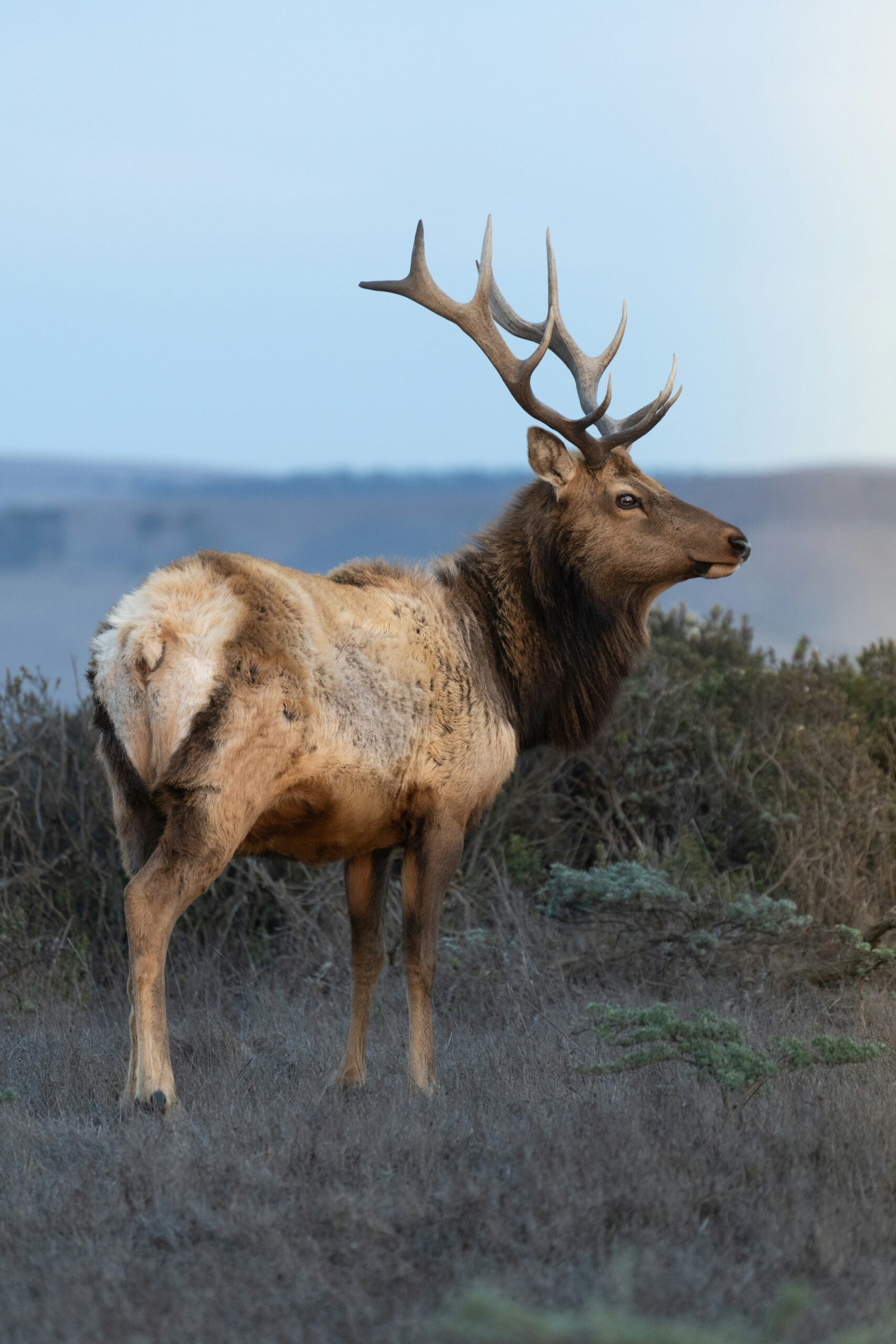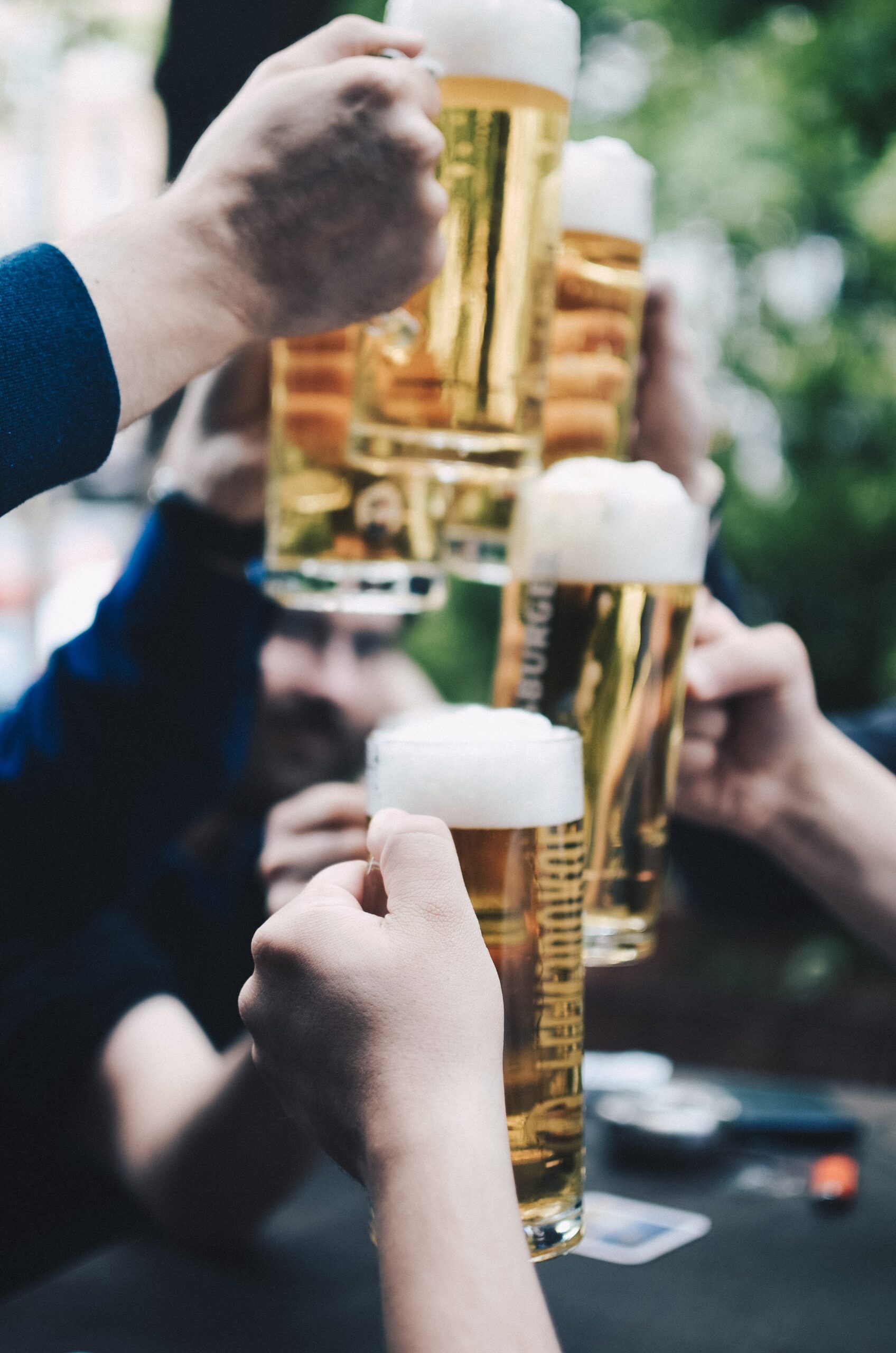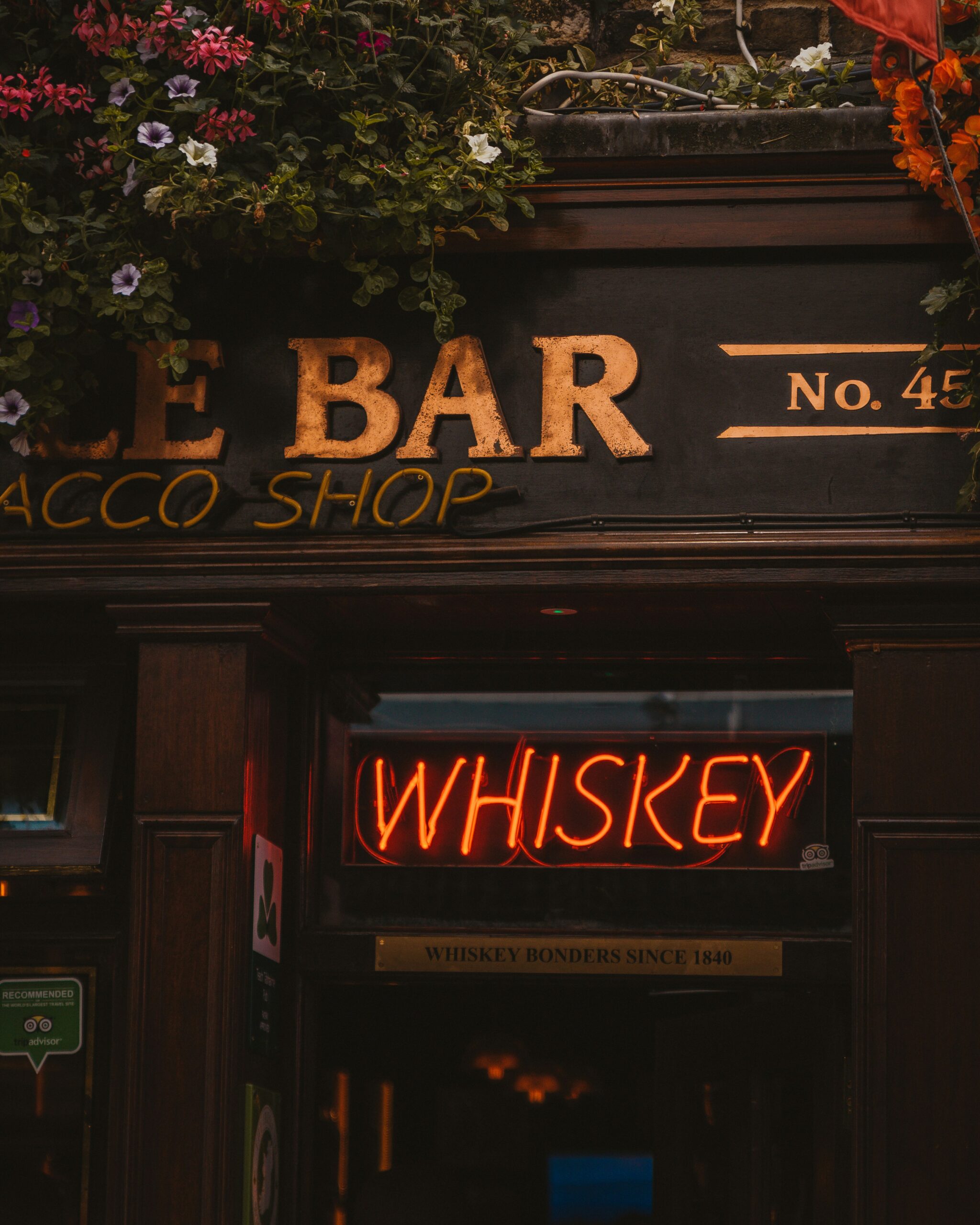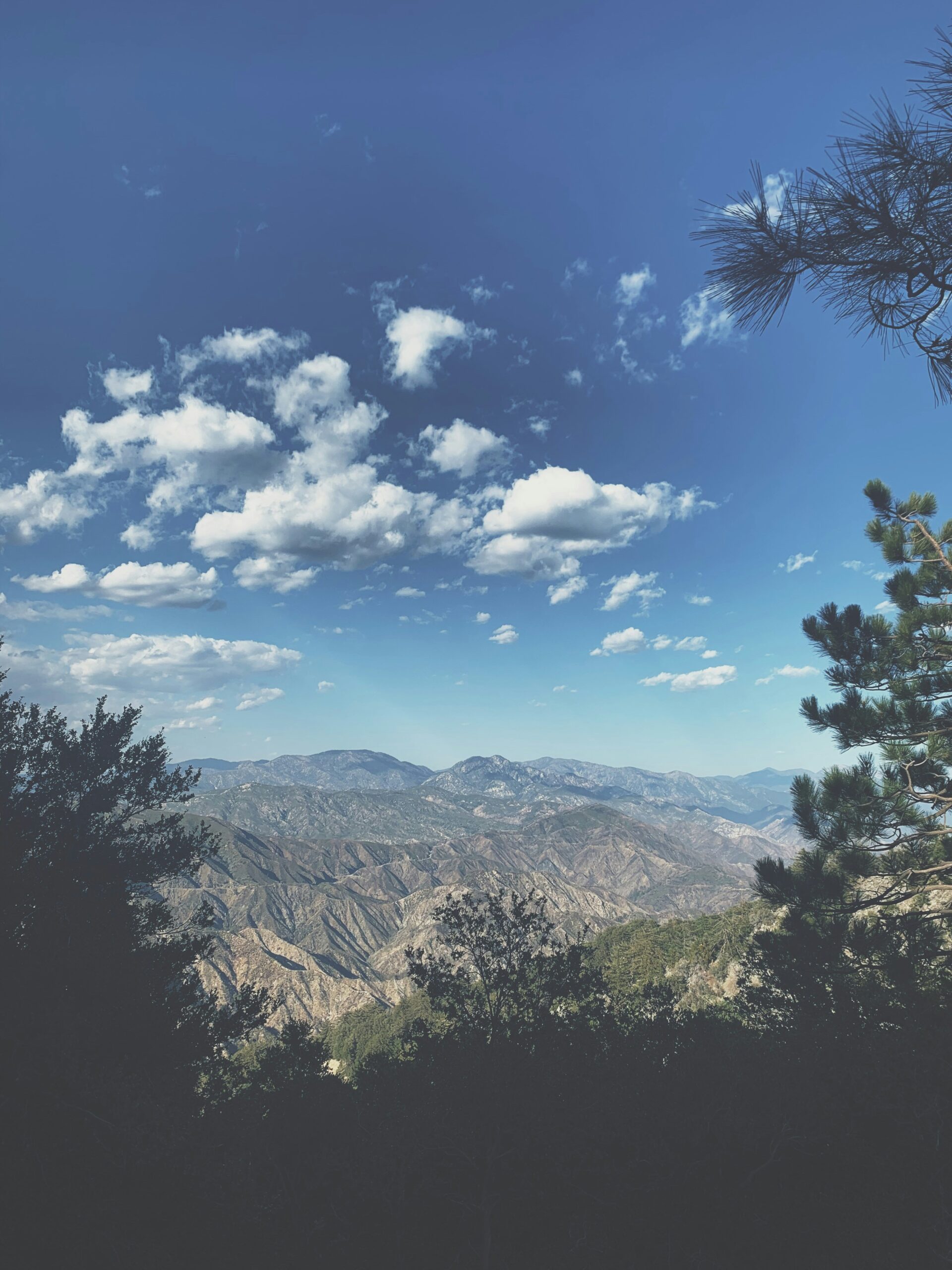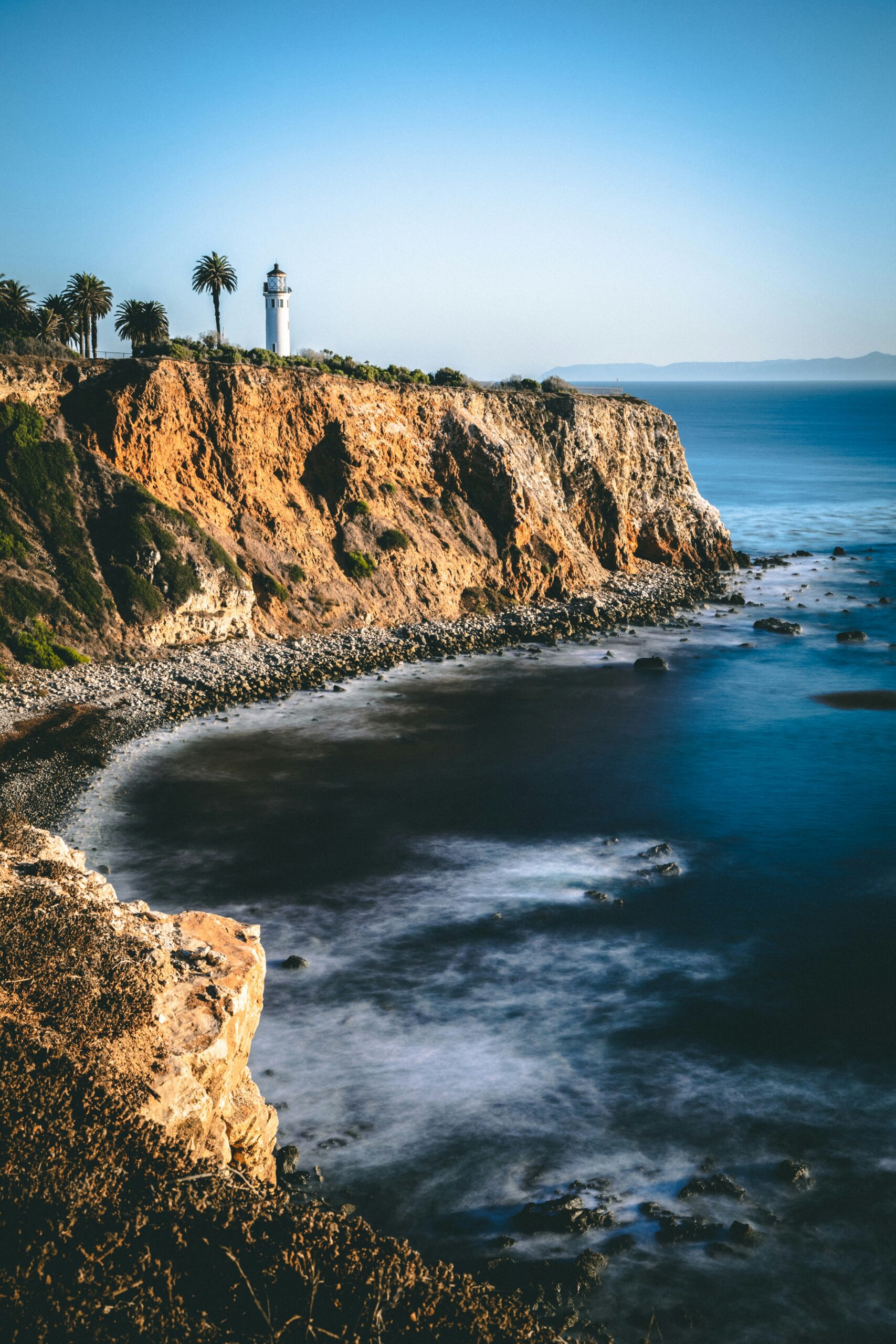Bodie State Historic Park: A Must-See Destination for History Buffs
If you're looking for an adventure in California, a visit to Bodie State Historic Park is a must. Located in the eastern Sierra Nevada mountains, this California Gold-Mining Ghost Town is a fascinating glimpse into the past. Bodie was once a bustling town with a population of over 10,000 during the gold rush era. Today, it is a well-preserved Ghost Town that offers visitors a glimpse into what life was like during the 1800s.
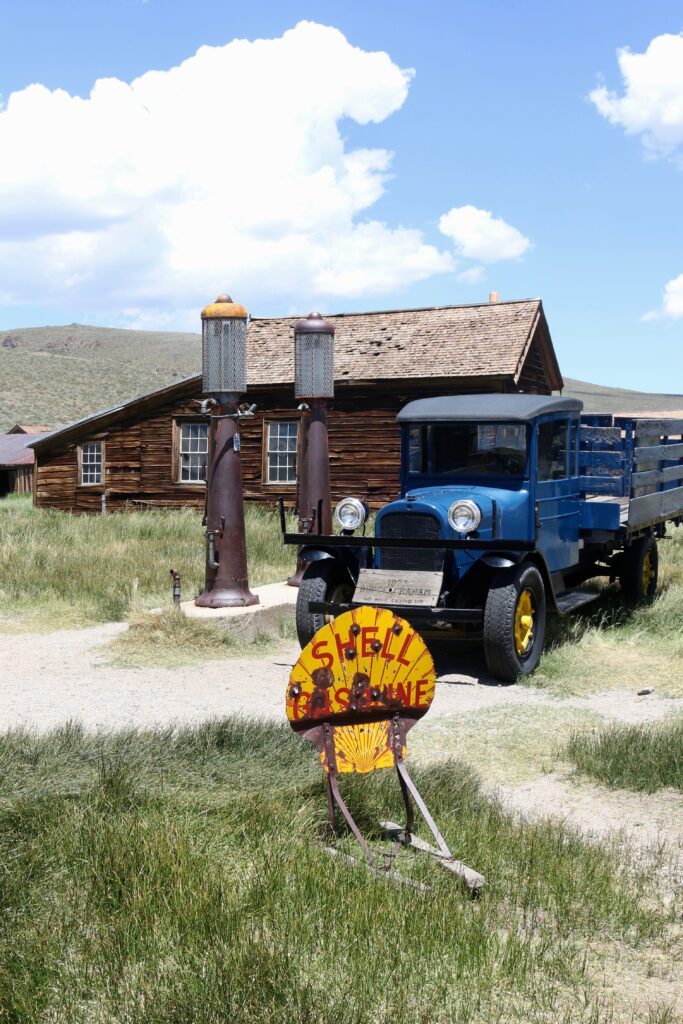
Bodie State Historic Park is a State Historic Park that showcases the remains of a once-thriving gold-mining town. It is the best-preserved Ghost Town from the California Gold Rush, with 110 buildings that convey what life was like in Bodie from 1859 to 1942 when mining was suspended and the last residents left. The buildings are left just as they were when the town became a park in 1960, many years after the inhabitants of Bodie left. None of the buildings are restored or have been ‘fixed up,' but they are stabilized to keep them from falling down.
Visitors can learn about the history, features, and rules of visiting this authentic Ghost Town that offers tours, brochures, and events. Whether you're a history buff or just looking for an interesting place to visit, Bodie State Historic Park is a unique destination that you won't want to miss.
Bodie State Historic Park: A Must-See Destination for History Buffs
History and Significance
Bodie State Historic Park is a fascinating destination that offers visitors a glimpse into the past. The park is a genuine California gold-mining ghost town that was named after W.S. Body (or Bodey), who had discovered small amounts of gold in hills north of Mono Lake. Understanding the history and significance of Bodie State Park will help you appreciate the importance of this historic site.
Gold Rush and Boomtown
The history of Bodie State Park dates back to 1859 when gold was discovered in the area. The news of the gold discovery spread quickly, and soon, thousands of people rushed to the area in search of their fortunes. The town of Bodie quickly grew into a bustling boomtown, with a population of around 8,000 people and over 2,000 structures.
Mining District and Decline
Bodie was part of the Bodie Mining District, which was one of the richest gold-mining districts in California. The town was home to several mines, including the Standard Mine, which was the most productive mine in the district. However, by the early 1900s, the gold-mining industry in Bodie began to decline, and the town's population started to dwindle.
Preservation and ‘Arrested Decay'
In 1961, Bodie State Park was established to preserve the town's history and significance. Today, the park is a National Historic Site and is considered one of the best-preserved ghost towns in the United States. The park is maintained in a state of “arrested decay,” which means that the buildings are preserved in the condition they were in when the park was established. The park's preservation efforts allow visitors to experience what life was like in a gold-mining boomtown in the late 1800s.
In conclusion, Bodie State Historic Park is a unique and important historic site that offers visitors a glimpse into California's gold-mining past. From its origins as a boomtown to its decline and eventual preservation, Bodie's history and significance are an important part of California's mining heritage.
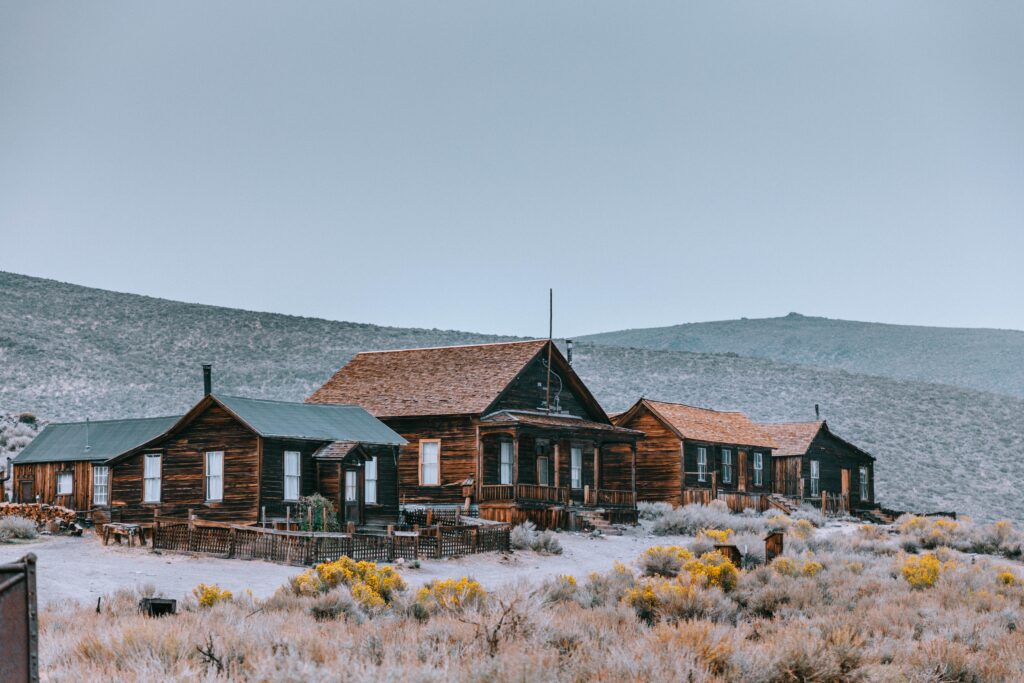
Visiting Bodie
If you're planning a trip to Bodie State Historic Park, here's what you need to know.
Getting There
Bodie State Historic Park is located in the eastern Sierra Nevada mountains of California, about 13 miles east of Highway 395 on Bodie Road. The park is open year-round, but the hours vary depending on the season. You can check the park's website for the current hours of operation.
Activities and Tours
When you visit Bodie, you can take a self-guided tour of the park and explore the historic buildings and artifacts. You can also take a guided tour of the park with a park ranger or volunteer. The park offers a variety of tours, including a Stamp Mill Tour, which takes you inside the park's historic stamp mill.
Facilities and Accessibility
Bodie State Historic Park has restrooms and a bookstore where you can purchase souvenirs and books about the park's history. The park also has a picnic area where you can enjoy a meal while taking in the park's beautiful scenery.
If you have accessibility needs, the park has accessible parking, restrooms, and paths. The park staff is also available to assist visitors with accessibility needs.
Bodie Foundation
The Bodie Foundation is a non-profit organization that supports the preservation and interpretation of Bodie State Historic Park. The foundation offers a variety of programs and events, including lectures, workshops, and special tours of the park.
Overall, visiting Bodie State Historic Park is a unique and fascinating experience that offers a glimpse into California's gold rush history. Whether you're a history buff or just looking for a fun day trip, Bodie is definitely worth a visit.
Related Post:
- Off the Beaten Path California
- California Bucket List Destinations: Must-See Places to Visit in the Golden State
Cultural Insights
Bodie State Historic Park is a unique place that offers a glimpse into the past. The park's buildings and architecture are well-preserved, providing visitors with an authentic experience of what life was like in the late 1800s and early 1900s. In this section, we will explore the cultural insights of Bodie State Historic Park, including Buildings and Architecture, Daily Life in Bodie, and Cemetery and Spiritual Sites.
Buildings and Architecture
The buildings in Bodie State Historic Park are a testament to the town's gold-mining past. You can see the historic scene in the church, saloon, and opium dens. The buildings are made of wood and brick, and their architecture is unique to the time period. The interiors of the buildings are also well-preserved, providing visitors with an immersive experience of what life was like in the past.
Daily Life in Bodie
Daily life in Bodie was tough, and the town was known for being lawless. Saloons were a popular spot for miners to unwind after a long day of work. The saloons in Bodie were notorious for their rowdy behavior and gambling. Opium dens were also prevalent in the town, and they were a popular spot for miners to relax and forget about their troubles.
Cemetery and Spiritual Sites
The cemetery in Bodie State Historic Park is a sobering reminder of the town's past. The cemetery is located on a hill overlooking the town, and it contains the graves of many of the town's residents. The cemetery is also home to a few spiritual sites, including a small chapel and a cross.
In conclusion, Bodie State Historic Park is a fascinating place that offers visitors a glimpse into the past. The park's buildings and architecture, daily life in Bodie, and cemetery and spiritual sites provide cultural insights into what life was like in the late 1800s and early 1900s.
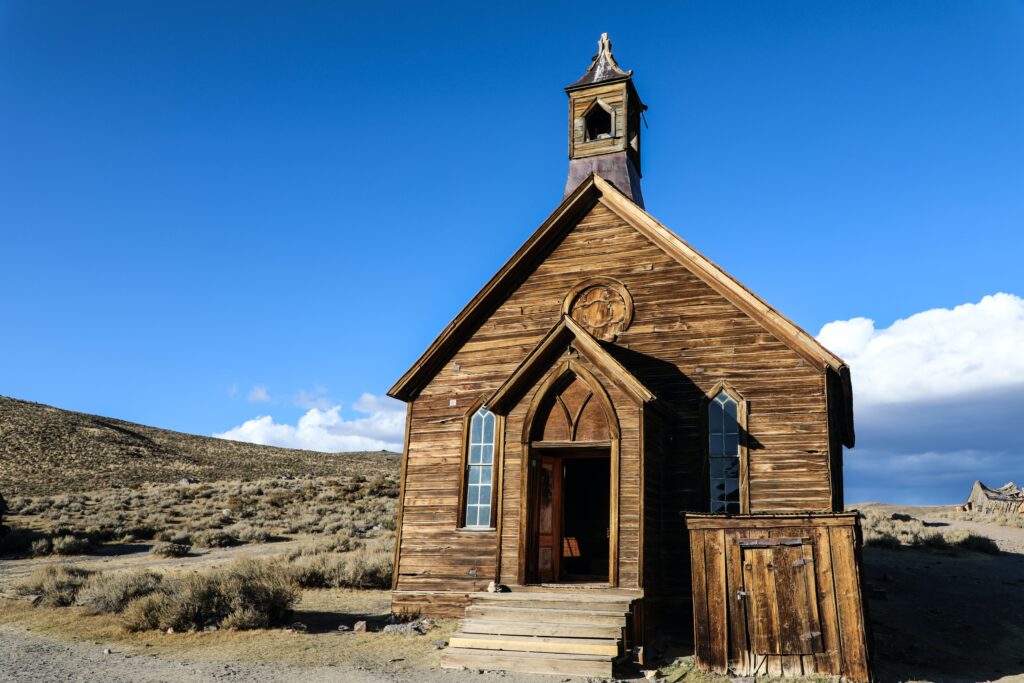
Natural Environment
Climate and Geography
Bodie State Historic Park is situated at an elevation of 8,379 feet and is located in the high desert region of the eastern Sierra Nevada Mountains. The park is known for its extreme climate, with hot summers and cold winters. The average temperature in the summer is around 75°F, while in the winter, it drops to around 25°F. The park receives an average of 83 inches of snowfall each year, making it a popular destination for winter sports enthusiasts.
The park is also located near Mono Lake, which is a natural feature that is worth exploring. Mono Lake is a saline soda lake that is over 760,000 years old. The lake is known for its unique ecosystem and is home to a variety of species of birds and other wildlife.
Flora and Fauna
The natural environment of Bodie State Historic Park is home to a variety of flora and fauna. The park is located in the high desert region, which is known for its arid climate and sparse vegetation. However, the park is home to a variety of plant species, including sagebrush, rabbitbrush, and bitterbrush.
The park is also home to a variety of wildlife, including mule deer, coyotes, and bobcats. The park is also home to a variety of bird species, including golden eagles, ravens, and red-tailed hawks. If you are lucky, you may even spot a mountain lion or a black bear during your visit.
In conclusion, the natural environment of Bodie State Historic Park is a unique and fascinating place to explore. Whether you are interested in the park's climate and geography or its flora and fauna, there is something for everyone to enjoy.
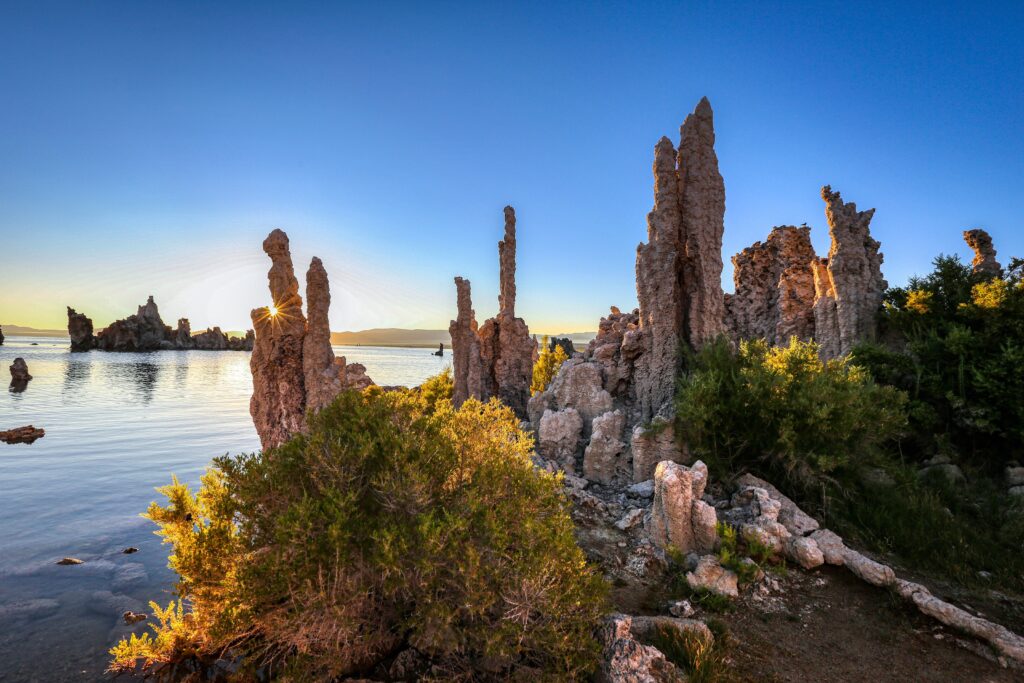
Conservation Efforts
Bodie State Historic Park is a unique and precious place, and its preservation is of utmost importance. The park's conservation efforts are focused on maintaining the site's historic structures and artifacts, protecting its natural resources, and ensuring that future generations can enjoy the park's beauty and history.
Protecting Bodie's Legacy
One of the most significant conservation efforts at Bodie is the “Arrested Decay” program. This program aims to preserve the park's historic buildings in a state of arrested decay, meaning that the structures are stabilized but not restored. This approach allows visitors to see the buildings as they were left when the park was established, providing a unique glimpse into the past. The program includes stabilizing the structures, repairing roofs and windows, and controlling moisture to prevent further decay.
Regulations and Restrictions
To protect the park's resources and ensure that future generations can enjoy the same experience, there are regulations and restrictions in place for visitors. These regulations include restrictions on camping, fires, and pets, as well as rules about taking artifacts or other items from the park. Visitors are encouraged to respect the park's rules and regulations to help preserve its beauty and history.
Theft and vandalism are also serious concerns at Bodie. The park's staff works hard to prevent theft and vandalism by monitoring the park and educating visitors about the importance of preserving the park's resources. Visitors are encouraged to report any suspicious activity to park staff.
In conclusion, Bodie State Historic Park's conservation efforts are critical to preserving the park's unique beauty and history. By protecting the park's resources, educating visitors, and enforcing regulations, the park's staff is ensuring that future generations will be able to enjoy Bodie's legacy for years to come.
Practical Information
If you're planning to visit Bodie State Historic Park, here is some practical information that you should keep in mind.
Seasonal Access and Weather
Bodie State Historic Park is open year-round, but the park hours may vary depending on the season. During the winter months (from November 1st), the park is open from 9:00 am to 4:00 pm daily, while during the summer months, the park is open from 9:00 am to 6:00 pm daily. Note that the park may be closed during extreme weather conditions such as heavy snowfall or thunderstorms.
Safety and Guidelines
Public safety is a top priority at Bodie State Historic Park. To ensure a safe and enjoyable visit, visitors are required to follow certain guidelines. For example, visitors are not allowed to bring drones into the park, and camping is not permitted. If you're planning to bring your furry friend along, note that dogs are allowed in the park, but they must be kept on a leash at all times. Also, dogs are not allowed in any historic buildings, including the Stamp Mill or in the Museum.
It's also important to note that some areas of the park may be closed due to safety concerns or ongoing restoration work. Visitors are encouraged to check the park's website or call ahead to check for any closures or restrictions.
Lastly, it's always a good idea to come prepared for the weather. Bodie State Historic Park is located at an elevation of 8,375 feet, so temperatures can be quite chilly even during the summer months. Be sure to bring warm clothing, especially if you're planning to visit during the winter months. Additionally, the park does not have any gas stations or stores, so be sure to fill up your gas tank and bring plenty of food and water with you.
Overall, by following these guidelines and being prepared, you can ensure a safe and enjoyable visit to Bodie State Historic Park.
Events and Community
Local Celebrations
Bodie State Historic Park is a hub of community events and celebrations that you don't want to miss. Every year, the town of Bridgeport comes alive with the annual Bodie Days celebration. This event is a great opportunity to learn about the rich history of the town and its surrounding areas. You will get to enjoy live music, food, and other festivities that make this event a must-visit.
Volunteer Opportunities
If you are looking for a way to give back to the community, then volunteering at Bodie State Historic Park is a great way to do so. As a volunteer, you can help the park in various ways, such as assisting with events, providing visitor information, and helping with maintenance tasks. You will get to work alongside a team of dedicated caretakers who are passionate about preserving the history of Bodie, CA.
Volunteering at Bodie State Historic Park is also a great way to meet new people and make lasting connections. You will get to work with other volunteers from the local community and beyond, all while doing something that you love. Whether you are an experienced volunteer or just starting, there are plenty of opportunities to get involved and make a difference.
In conclusion, Bodie State Historic Park is not just a place to visit, but also an active community that celebrates its rich history and welcomes volunteers who share the same passion. Whether you are interested in attending local celebrations or volunteering your time, there are plenty of opportunities to get involved and be a part of this vibrant community.
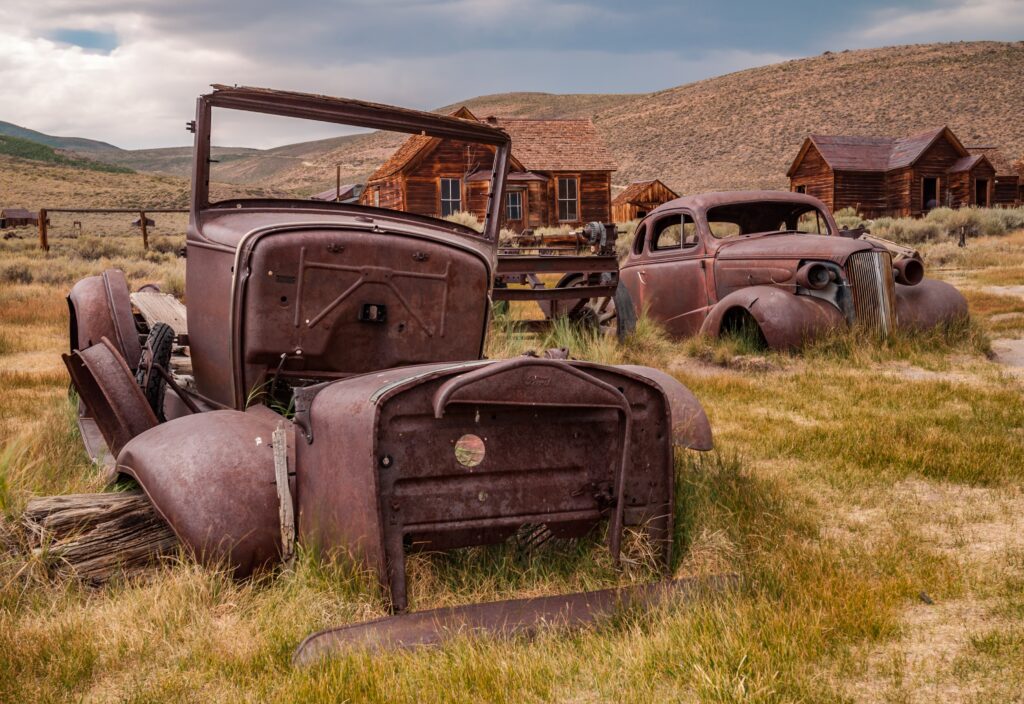
The Curse of Bodie
Bodie State Historic Park is a popular tourist destination that attracts visitors from all over the world. However, there is one thing that many people are afraid of when they visit this ghost town – the Curse of Bodie.
Legend has it that the curse was placed on the town by a woman who was mistreated by the miners. She was said to be a powerful witch who put a spell on the town, causing it to be plagued by misfortune and tragedy. Some people believe that the curse is still active today, and that it brings bad luck to anyone who visits the town.
Despite the fact that the curse is just a legend, many people still believe in it. In fact, the park receives curse letters about once a week, usually with a rusty object and an anonymous note apologizing for sending the curse and begging to be forgiven. These curse letters have been the subject of rumors, ghost-hunter lore, and online chatter, promising bad luck, health problems, and even mysterious accidents.
But don't let the curse scare you away from visiting Bodie. The park is open year-round, and you can explore the old buildings and learn about the town's history. Guided tours are available during the summer season, and there are plenty of hiking trails to explore.
If you're interested in the paranormal, you might even encounter some ghosts while you're there. Bodie is famous for its ghost sightings, and there have been numerous reports of strange occurrences in the town. Some of the most famous ghosts include the Chinese maid/mistress at The Cain house and the phantom children playing at The Mendocino House.
Despite the curse and the ghosts, Bodie is a fascinating place to visit. Whether you're a history buff or a paranormal enthusiast, there's something for everyone at Bodie State Historic Park.
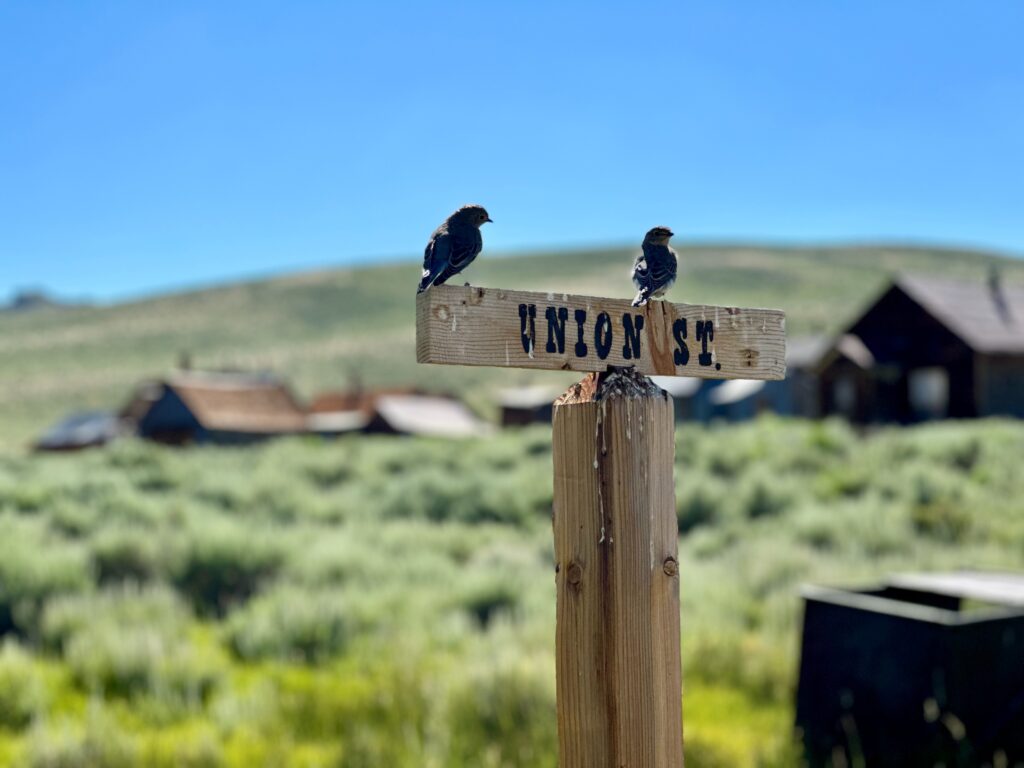
Haunted Houses of Bodie
Bodie State Historic Park is known for its haunted houses. The ghost town is said to be one of the most haunted places in California. Visitors have reported seeing apparitions, hearing unexplained noises, and feeling cold spots in various buildings throughout the park.
One of the most famous haunted houses in Bodie is the Mendocini House. Visitors have reported seeing the ghost of a woman in a white dress standing in the window of the second floor. The ghost is believed to be the wife of a former resident who died in the house. Another haunted house is the J.S. Cain House, where visitors have reported hearing footsteps and seeing the ghost of a man in a top hat.
If you are interested in exploring the haunted houses of Bodie, you can take a guided tour. The tour will take you through the most haunted buildings in the park and give you a chance to experience the paranormal activity for yourself.
It is important to note that while some visitors have reported experiencing paranormal activity, others have not. The park rangers do not guarantee that you will experience any ghostly encounters during your visit. However, if you are a fan of the paranormal, a tour of the haunted houses in Bodie is definitely worth checking out.
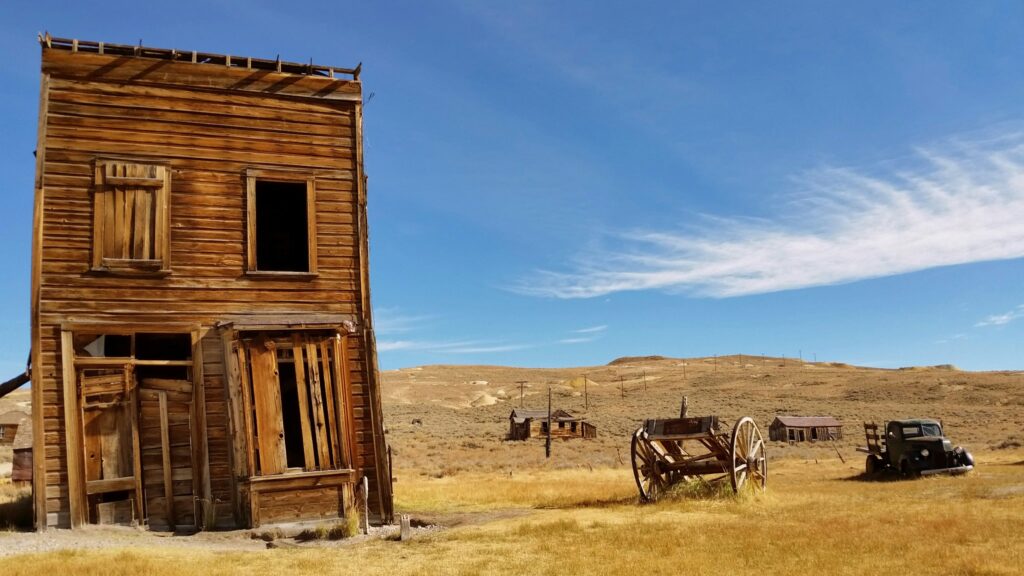
Frequently Asked Questions
Why was Bodie, California abandoned?
Bodie, California was abandoned due to the decline of gold mining in the area. The town was founded in 1859, and at its peak, it had a population of over 10,000 people. However, as the gold began to run out, people left the town in search of new opportunities. By the 1940s, the town was completely abandoned.
Who owns Bodie State Historic Park now?
Bodie State Historic Park is owned and operated by the California Department of Parks and Recreation.
Is a visit to Bodie ghost town considered worthwhile?
Yes, a visit to Bodie ghost town is definitely considered worthwhile. As a well-preserved gold-mining ghost town, it offers visitors a unique glimpse into the past. You can walk down the deserted streets of a city that once had a population of nearly 10,000 people and feel the true atmosphere from wild western movies. It is a great destination for history enthusiasts, photographers, and curious travelers.
What makes Bodie State Historic Park a unique destination?
Bodie State Historic Park is a unique destination because it is one of the best-preserved ghost towns in the American West. The town has been kept in a state of arrested decay, which means that it looks much the same as it did when it was abandoned. Visitors can explore the town's buildings, including homes, saloons, and a church, and get a sense of what life was like in a gold-mining town in the late 1800s.
How much is the entrance fee for Bodie ghost town?
As of 2023, the entrance fee for Bodie ghost town is $8 per person for visitors 16 years and older. Children 15 years and younger can enter for free. Please note that the entrance fee may be subject to change, so it's best to check the official website of Bodie State Historic Park for the most up-to-date information.
Can you explore Bodie ghost town at night?
No, you cannot explore Bodie ghost town at night. The park is open from 9:00 am to 4:00 pm during the winter months and from 9:00 am to 6:00 pm during the summer months. Visitors are not allowed in the park after dark, and camping is not allowed within the park boundaries.

